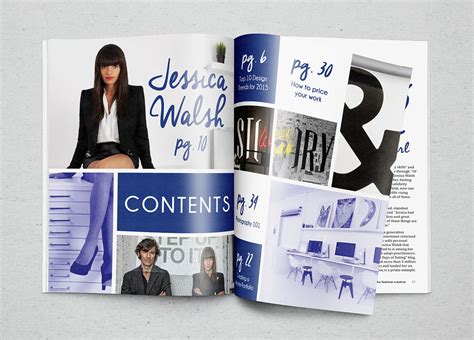The Art of the Pitch: Securing Your Dream Magazine Feature
Landing a feature in your dream magazine feels like climbing a mountain—challenging, rewarding, and incredibly satisfying. But unlike a physical climb, this ascent relies heavily on crafting the perfect pitch. It's not just about having a great story; it's about presenting that story in a way that resonates with editors, highlighting its unique value and aligning it perfectly with their publication's target audience and editorial calendar. This article will guide you through the art of the pitch, transforming your compelling idea into a published masterpiece.
Understanding the Magazine and its Audience
Before you even think about writing your pitch, meticulous research is paramount. Dive deep into the magazine you're targeting. What's their editorial style? What kinds of stories have they featured recently? Analyze their past issues to identify recurring themes, writing styles, and the overall tone. Pay close attention to the length of articles – are they short and punchy, or long and in-depth? Understanding this context allows you to tailor your pitch to their specific needs and preferences. Knowing their audience is equally critical. Who are they trying to reach? What are their readers' interests and concerns? Your story needs to speak directly to their readers.
Identifying Your Unique Angle
What makes your story different? In a sea of pitches, yours needs to stand out. Consider what unique perspective, angle, or information you can offer. This isn't simply about the topic itself; it's about how you're presenting it. Are you offering an exclusive interview? Uncovering a previously unknown fact? Providing a fresh take on a well-trodden subject? A compelling angle is the key to captivating an editor's attention.
Crafting the Perfect Pitch: Structure and Content
Your pitch isn't the full story; it's a concise, compelling summary designed to grab the editor's attention and persuade them to say yes. Here's a suggested structure:
- Headline: A captivating and concise headline that instantly communicates the essence of your story.
- Opening Paragraph: Hook the editor immediately with a compelling statement or anecdote that showcases the story's unique value proposition. Clearly state your story idea in one or two sentences.
- Story Summary: Briefly outline the key elements of your story, highlighting its unique angle and the key information or insights you'll be sharing.
- Why This Magazine? Explicitly connect your story to the magazine's target audience and editorial focus. Explain why this is the perfect publication for your story.
- Your Credentials: Briefly highlight your expertise and experience relevant to the topic.
- Call to Action: Clearly state what you want the editor to do (e.g., request a full proposal or schedule a call).
What if my pitch gets rejected?
How can I improve my pitch writing skills?
Rejection is part of the process. Don't be discouraged. If your pitch is rejected, ask for feedback. Editors are often willing to share what they felt was lacking, helping you refine your approach for future pitches. Consider joining writing communities or taking a course in journalism or magazine writing to hone your skills. Practice makes perfect.
What are some common mistakes to avoid when pitching?
Avoid generic pitches, poorly researched proposals, and pitches that don't align with the magazine's style or audience. Ensure your pitch is concise, error-free, and professionally presented.
How can I increase my chances of getting my story published?
Network with editors, build relationships, and tailor your pitches to each individual magazine. Persistence and a willingness to learn from your experiences are crucial.
Following Up and Maintaining Professionalism
After sending your pitch, follow up politely after a reasonable timeframe (around a week or two). A brief email reiterating your interest and offering to answer any questions is perfectly acceptable. Maintain professional communication throughout the process, regardless of the outcome.
Securing a magazine feature requires skill, dedication, and persistence. By mastering the art of the pitch and understanding the nuances of magazine publishing, you can significantly increase your chances of seeing your story in print—and sharing your voice with a wider audience. Remember, the perfect pitch is a blend of compelling storytelling, strategic planning, and unwavering professionalism.

